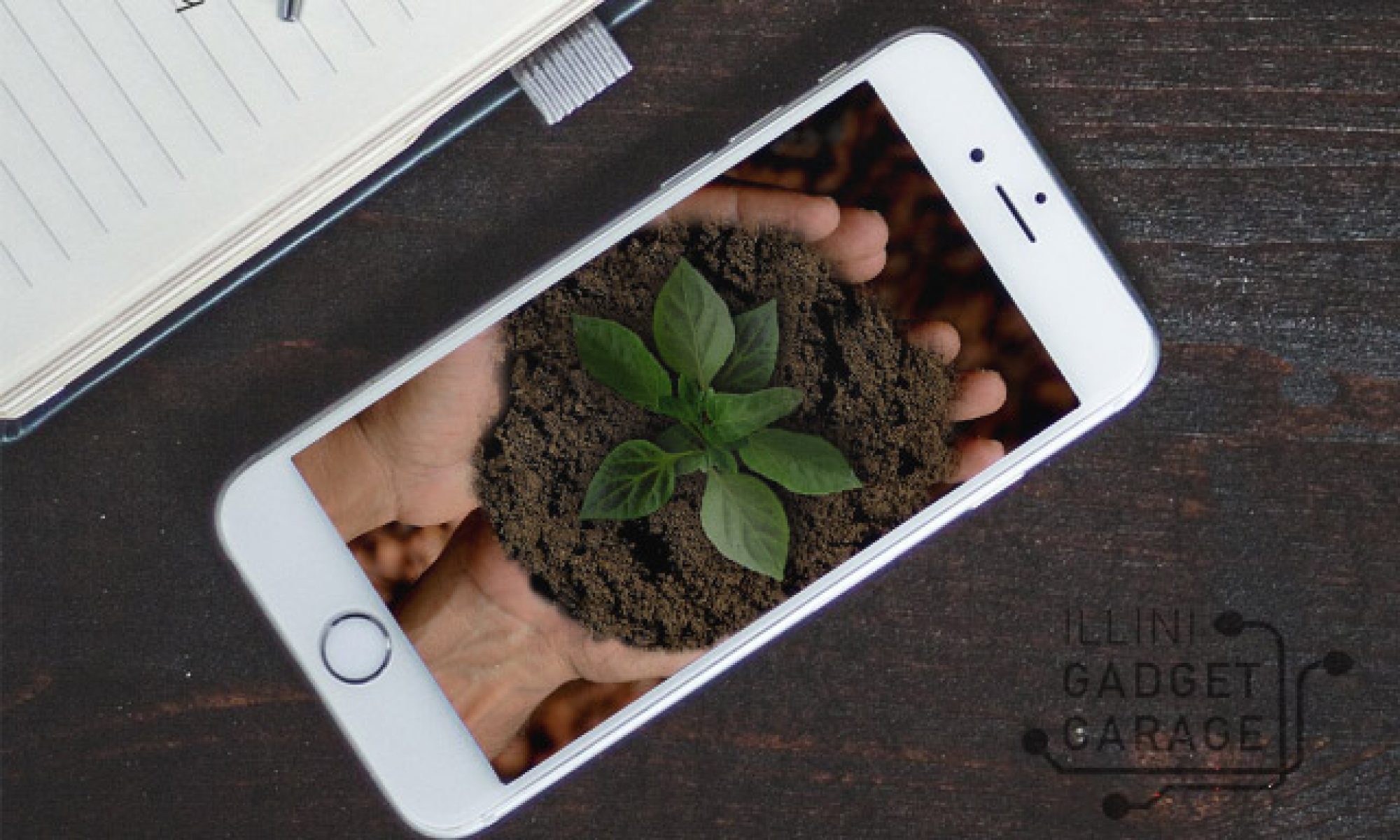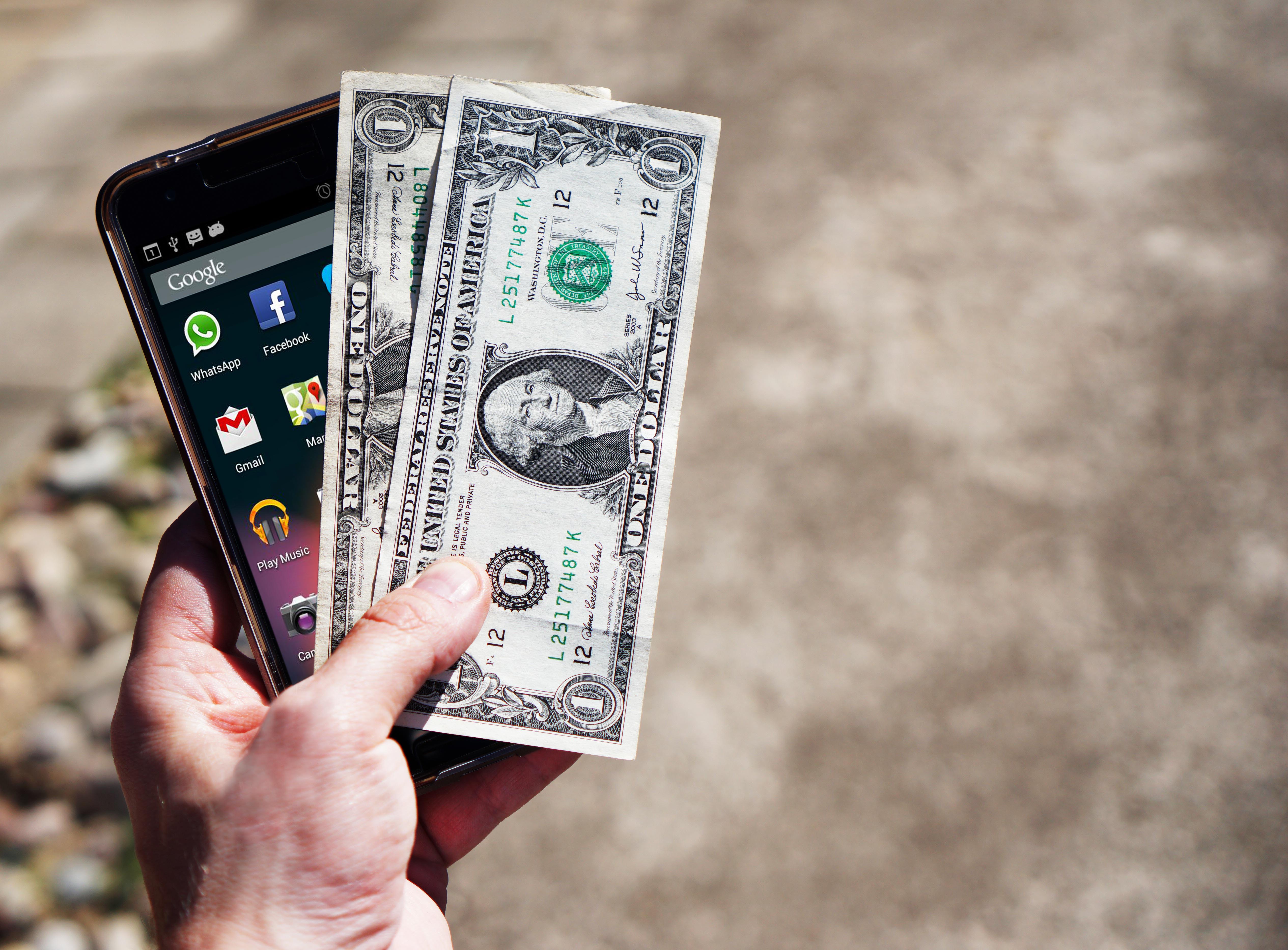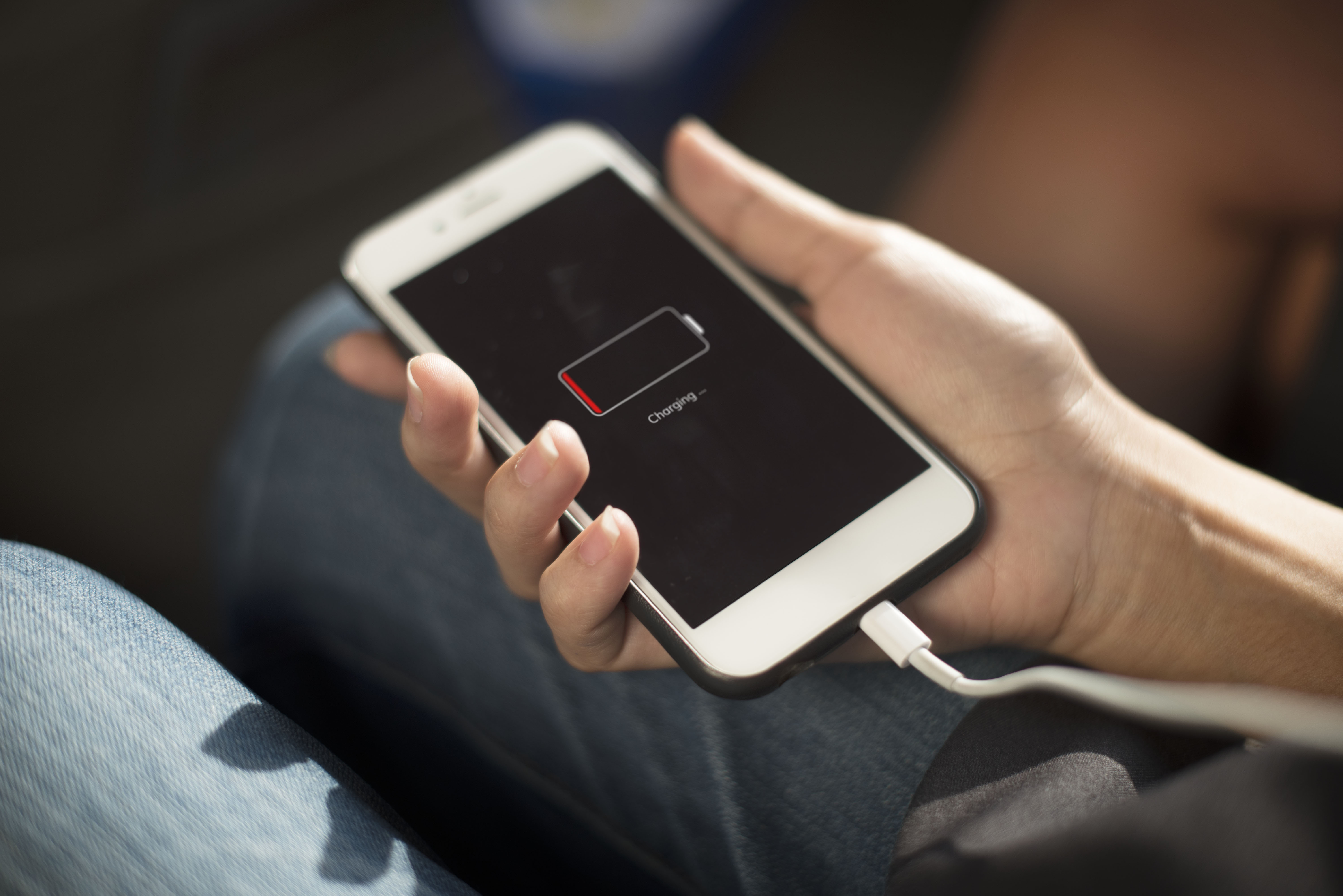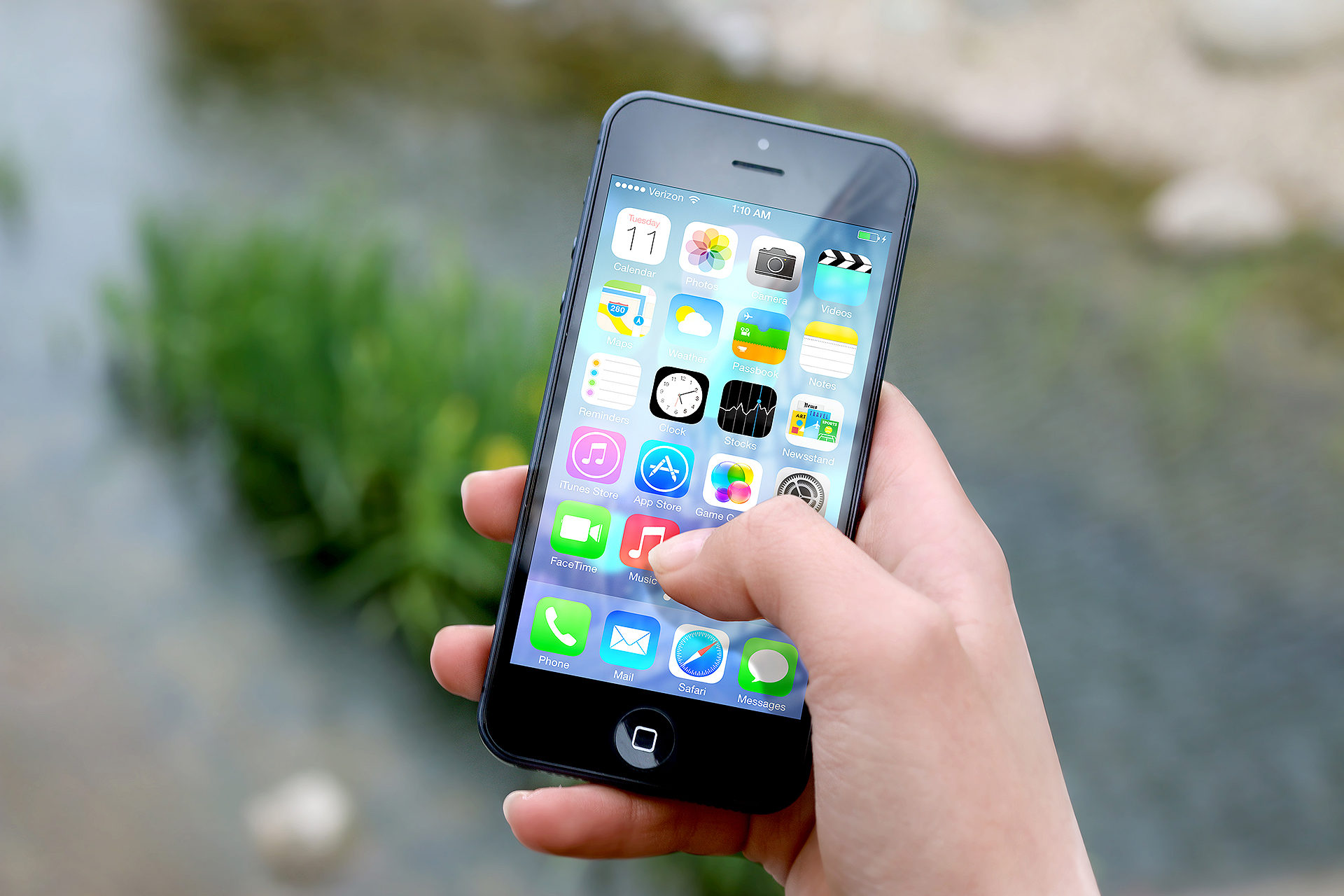The iPhone X.
In the adage of toast falling off tables, you better hope this phone lands butter (screen) side down.
This isn’t to say we hope anything bad happens to any of the iPhone X’s now popping up in consumer’s pockets now – in fact, we’d love to hear about them having long, fulfilling lives – but being a primarily glass construction, they’re not doing so hot. Social media is already swimming in posts about unfortunate individuals whose devices have already humpty-dumptied.

Several websites this week have posted about how easily the iPhone X’s supposedly ‘most durable glass ever’ breaks. (And let’s be honest, anyone saying “most ____ ever” is basically a challenge to test its claim. This same drama was happening with the Galaxy S8+ when it came out.) It comes as a surprise to no one that glass breaks, however, if it’s going to be touted as the most durable, it should hold up to a fair amount of abuse… which doesn’t seem to be the case for the iPhone X.
From the articles I’ve sifted through online this week, the most prevalent “tests” to be mentioned were those by CNET and SquareTrade. In all fairness, these tests were not highly scientific (CNET just dropped theirs outside on the sidewalk a couple times at about pocket height to see what would happen) or generally applicable (Squaretrade used a mechanical device to standardize the conditions of the drop, but then dropped it from a height of 6 feet); the take away you’ll want to glean from their experiments is that you need to baby this device.
Get the case. Get the screen protector. Get the insurance.
As I generally disapprove of Apple’s authorized repair service model where you’re supposed to take/send it to an authorized Apple repair center to keep your warranty intact – let us fix it ourselves, Apple! *shakes fist angrily* – it may have become fiscally responsible to purchase AppleCare+ with the device.
With a glass front and back, you’ve doubled your chances for damage. The fancy bezel-less OLED screen on the iPhone X is actually developed and manufactured by Samsung (and then tweaked by Apple) and they’re not cheap. Apple reporting it’s iPhone X service pricing at $279 for the screen repair only; other damage, which would be if the glass back panel shattered, is a whopping $549. That’s half the original cost of the phone! Purchasing AppleCare+ for $199 and paying the service fee for replacing a broken screen ($29) twice cost less than repairing the screen once without it, and AppleCare+ with the $99 other damage coverage is significantly less than $549.
So when that device drops, for the sake of your wallet, you better hope it cracks the screen.
Why is the back glass so bothersome? It’s not really repairable. With the way that the device was designed, the back-glass panel is actually welded to the metal frame beneath it where the camera bump is located. From iFixit’s teardown of the iPhone X, they’re speculating that in order to repair the back glass, you’ll need to remove all of the internal components of the phone and reassemble everything in an all new chassis.
But let us not forget that if the phone was better designed to take damage, many of these extra expenses in protecting the device wouldn’t be necessary in the first place.
What I personally find ironic about designing a glass phone to look sleek and beautiful is that it inevitably will be covered up with a case to protect it, so aside from taking it out of the box, you likely won’t see that sleek glass panel again. Want to protect those corners? You’re going to have to cover at least some part of that swanky bezel-less screen to compensate. I understand that Apple didn’t switch to glass backs as purely for aesthetic reasons, glass is better for wireless charging than aluminum or plastic, but you have to ask yourself, is this trade-off for wireless charging really worth it in the long run?





